


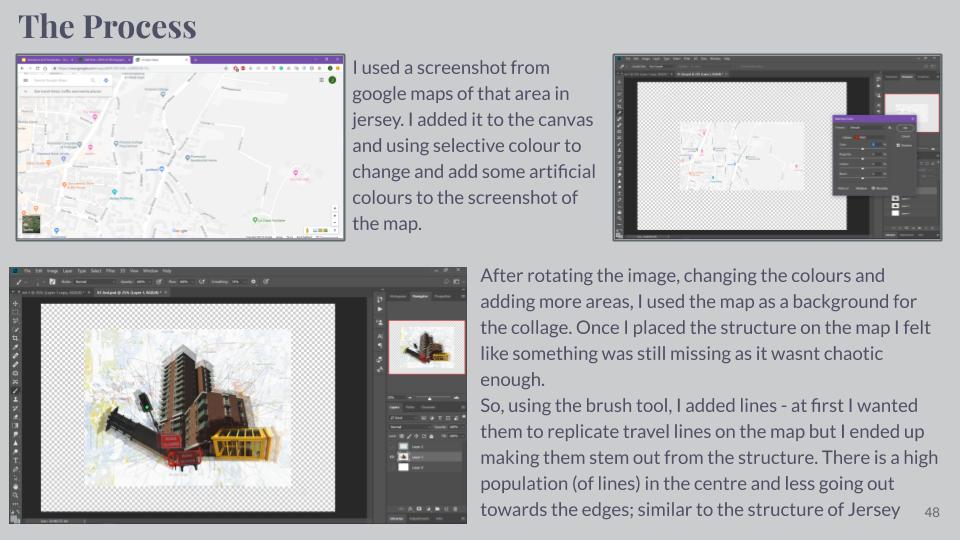









Anna Atkins was an English photographer and botanist noted for her early use of photography for scientific purposes. Some sources claim that she was the first woman to create a photograph. She created the first book to contain photographs, and she paved the way for photography’s power to connect people. In particular, she was interested in the cyanotype process devised by Herschel in 1842, which can produce an image by what is commonly called sun-printing.

The substance to be recorded is laid on paper impregnated with ferric ammonium citrate and potassium ferricyanide. When exposed to sunlight and then washed in plain water the uncovered areas of the paper turn a rich deep blue. Eventually this process, known as blueprinting, was used mainly to reproduce architectural and engineering drawings.
Atkins learned directly about the invention of photography through her correspondence with its inventor, William Henry Fox Talbot. Although she owned a camera, she used only the cameraless photogenic drawing technique to produce all of her botanical images. With the assistance of Anne Dixon, Atkins created albums of cyanotype photogenic drawings of her botanical specimens. She learned the cyanotype printing method through its inventor, the astronomer and scientist Sir John Herschel. He had been experimenting with sun prints (or “photograms”) ie. cameraless and lenseless photographs.


She was so disappointed by the lack of illustrations of algae in a guide to British algae published in 1841 that she decided to do something about it. In the autumn of 1843 she began work on creating images of hundreds of different types. “Looking at Atkins’s book today, what is most striking is not the outlines of the algae, however beautifully and delicately they crawl across the pages; it is the glorious depth of the Prussian blue backdrop to the images. The Herschel method dyed the paper, resulting in every page of the book being a deep blue with the algae outlines in cream. (A byproduct of the process was the addition of the word “blueprint” to the English language.)”- The Guardian


‘Before Atkins’s book on British algae and the photographic process, botanical images would have been restricted to the traditional printing processes of engraving or woodcuts, although the art of nature printing was also in its early stages around Atkins’s time’
Before the invention of photography, scientists relied on detailed descriptions and artistic illustrations or engravings to record the form and colour of botanical specimens. Anna’s self-published her detailed and meticulous botanical images using the cyanotype photographic process in her 1843 book, Photographs of British Algae: Cyanotype Impressions. With a limited number of copies, it was the first book ever to be printed and illustrated by photography. The text pages and captions were photographic facsimiles of Anna’s handwriting. In some cases, lettering appears to be formed by delicate strands of seaweed. After her book on algae, she collaborated with Anne Dixon on at least two more botanical books, Cyanotypes of British and Foreign Ferns and Cyanotypes of British and Foreign Flowering Plants and Ferns.
“The difficulty of making accurate drawings of objects so minute as many of the Algae and Confervae has induced me to avail myself of Sir John Herschel’s beautiful process of Cyanotype, to obtain impressions of the plants themselves, which I have much pleasure in offering to my botanical friends.” Anna Atkins (1843, text accompanying the first photographically illustrated book)
Collection of her work:https://digitalcollections.nypl.org/collections/photographs-of-british-algae-cyanotype-impressions#/?tab=navigation
I want to take inspiration from Anna Atkins as I think that her images have a spiritual quality to them as they emphasises the delicate lines and shapes of the nature. To interpret her work I play to make my own cyanotypes by using light sensitive paper for experimentation. If this process does not turn out well I will produce images that interpret the appearance of her work through post editing. I also like the prussian blue colour that all of the cyanotypes have which I think fit well into my project where I have explored cool and warm colours. If my interpretation of her work was successful and I wanted to include the images in my final outcomes, I could contrasts the cool blue tones with the warm tones of other images from my project. I also think that i could use the physical photograms I make in my photobook, rather than just a picture of them, as it would allow the readers to physically hold them and would mean that those images would’ve truly been created without a camera. I also think the fact that the images are created without the use of camera links to my project as it just using nature to create and process i.e sunlight and plants.
After my initial portrait photoshoot I started editing the photos and decided I needed to take more of different people so that i had a bigger selection to work from. I want to take photos again with a simple background so they are minimal and I can focus on the editing process. I want my models to look real not overdone with makeup or constructed to look perfect. This will work with the concept for my editing which will challenge beauty ideals and myths.
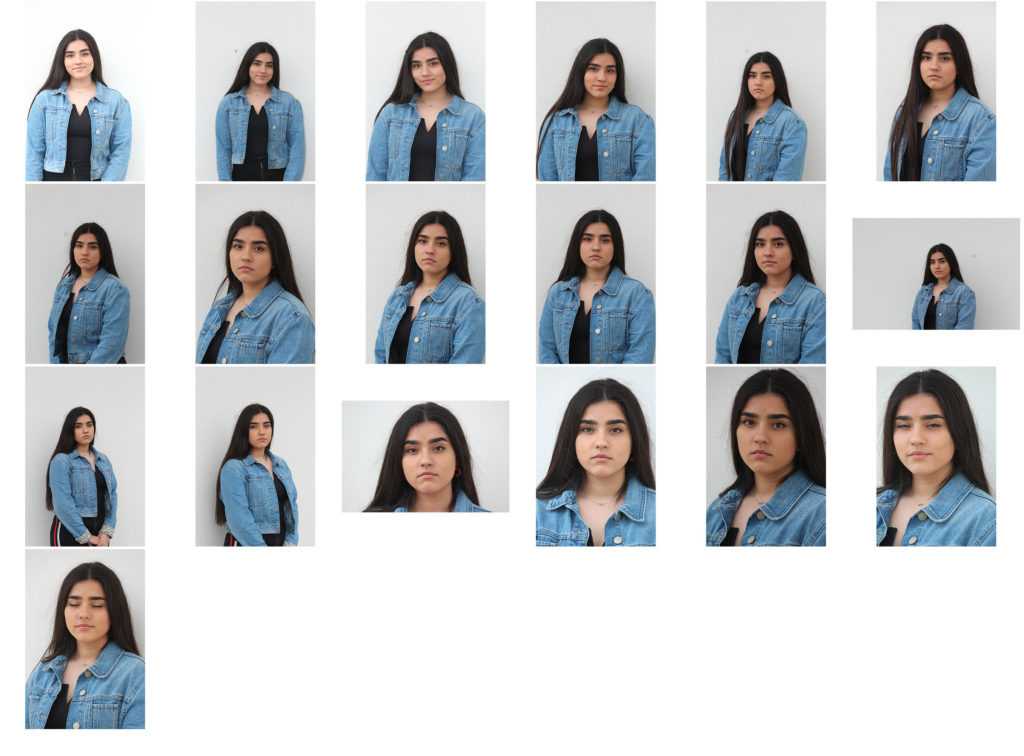
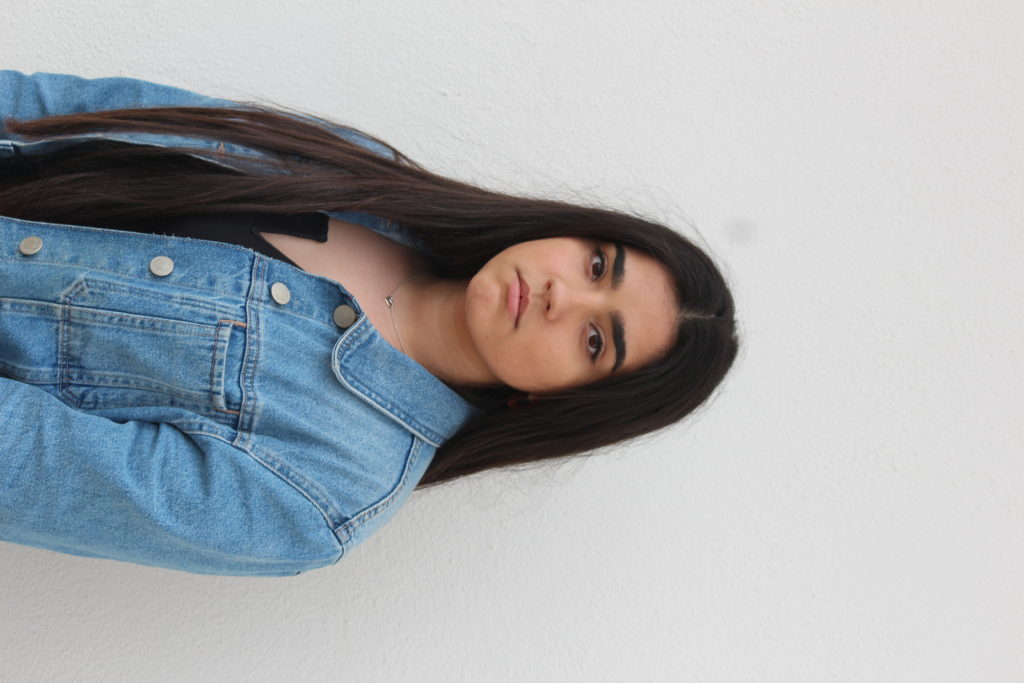



Regarding this shoot I wanted to respond to the works of Edward Weston due to his focus being mainly around the idea of capturing texture and pattern present within natural forms of the landscape. Overall what I found to be particularly interesting was his photographs surrounding trees and rock formations which use high aestheticism as the main form of attraction and the intricate beauty each resembles. This as a result has inspired me to go onto produce a shoot looking at the natural formations regarding textures of the landscape in the North of Jersey. From this I hope to achieve a new style of photography I can later go onto use to portray the environment in a new way and possibly go onto include them in my final prints and photo-book. Using Weston as my main source of inspiration I decided to have a look at some of his particular works that I thought reflected my mind-set of the shoot the most:
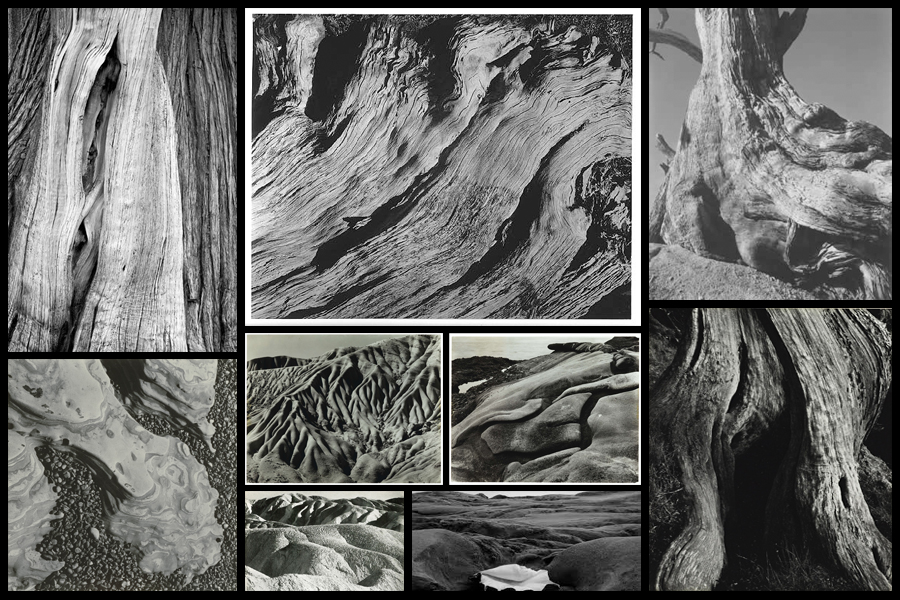
After I had looked over some of his works that inspired me the most I then decided to move onto creating a mind-map for my shoot. By doing this it would allow me to jot my ideas down for future reference whilst reducing the time wasted on the shoot. Not only would creating a mind-map prevent me from wasting time but it would also allow me to direct my intentions immediately during the shoot, instantly understanding what it was that I intended to achieve by the end of it and what I could focus on to get the results I wanted. Here are some of my ideas:
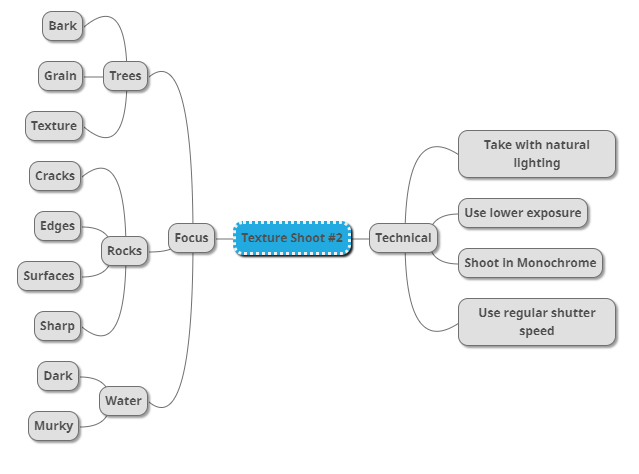
After looking at my initial ideas I decided upon going to the area of Le Dolmen du Couperon . I chose this location because of its wider range of different areas such as woodland and beaches, allowing for the perfect area to photograph my intended areas of focus. What drew my initial interest was how some of the woodland had been cut down and would have left behind stumps and ruined trees which would be great to photograph regarding the idea of bark and grain texture. Here is a map of the intended area to photograph:
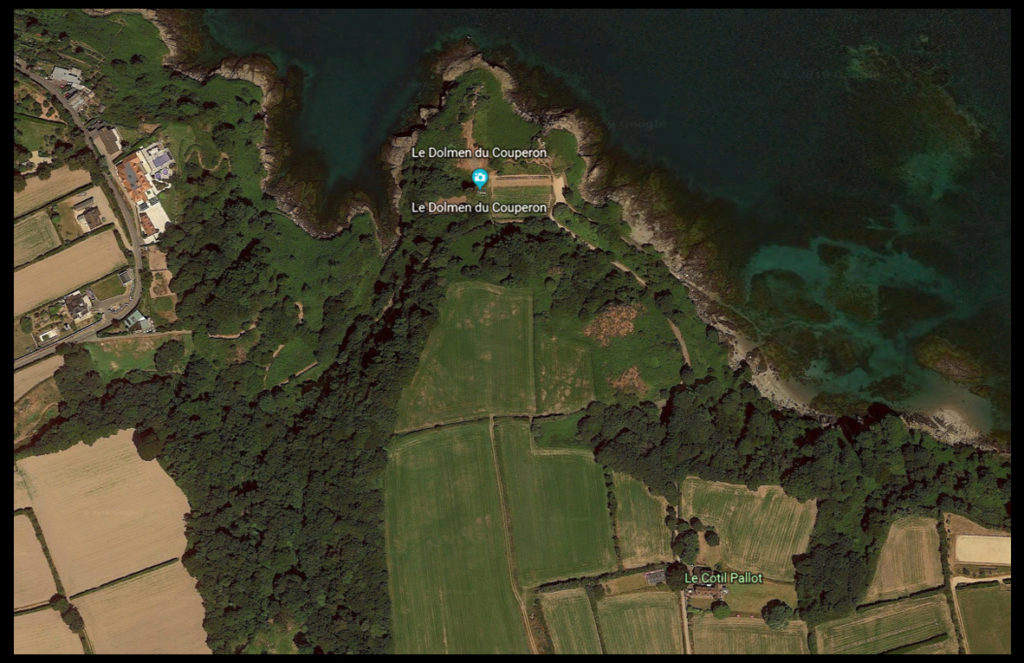
Here are the results of my shoot:
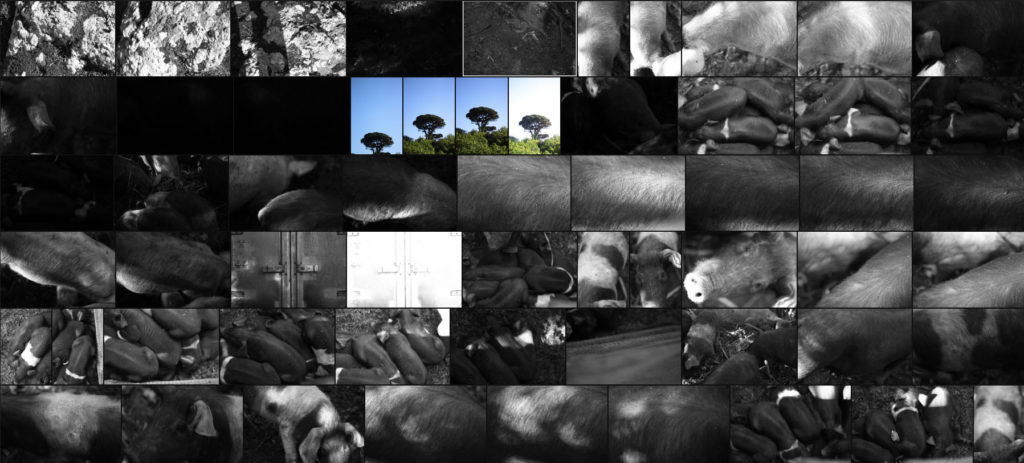
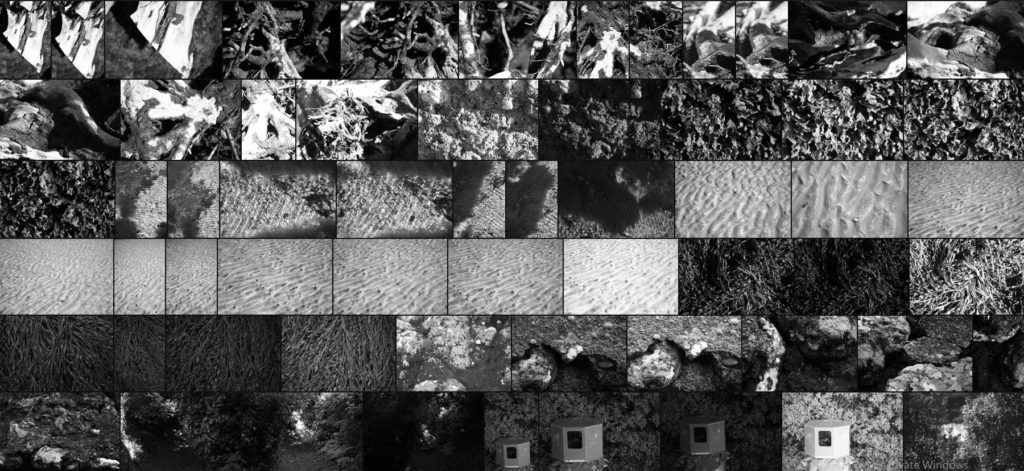
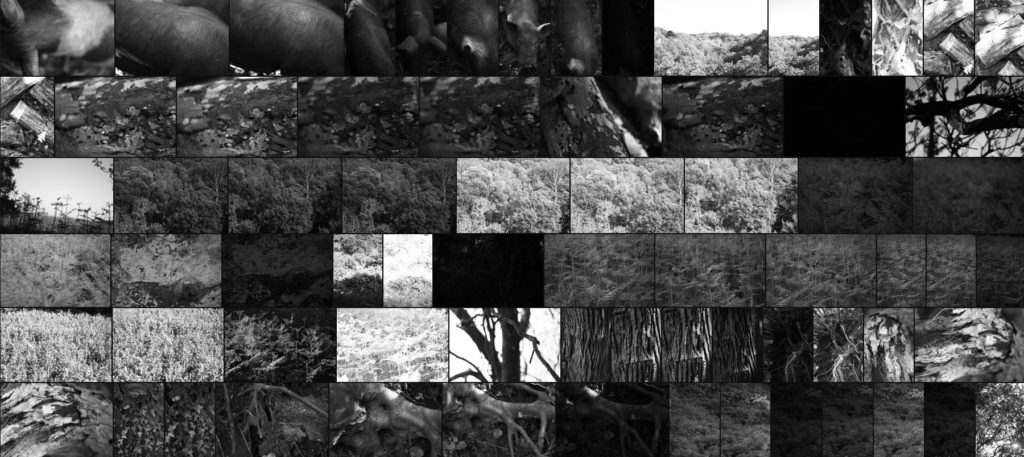

Once I had finished the shoot I then went on to whittling the selection down to only ten images, by doing so this would allow me to decide and make easier which image best reflected my overall intentions and goal of the shoot. Here are my ten best images:
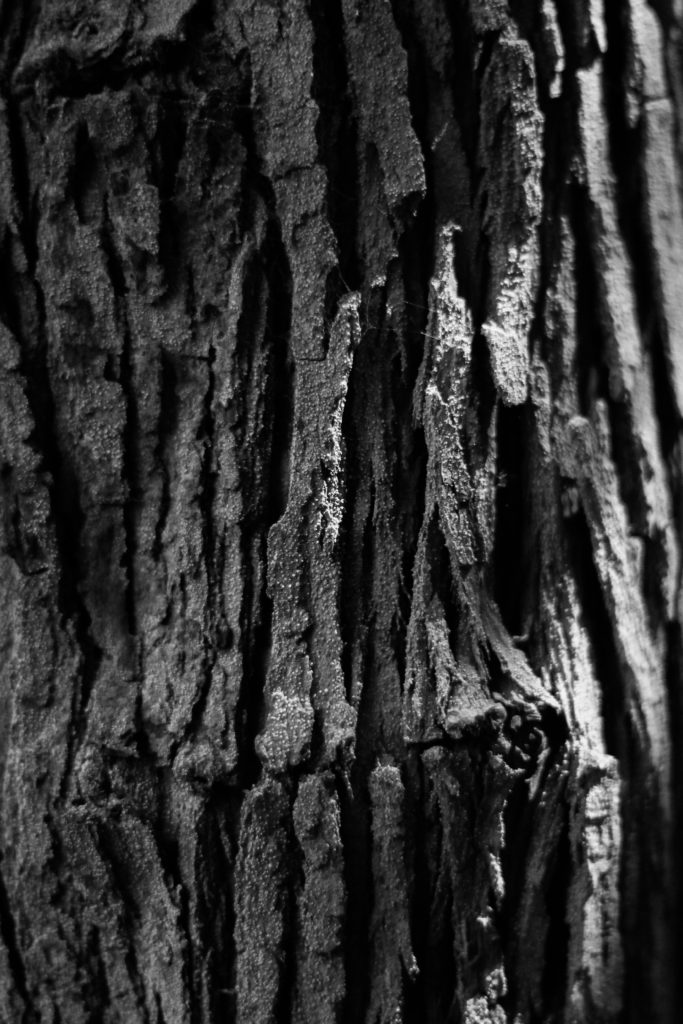
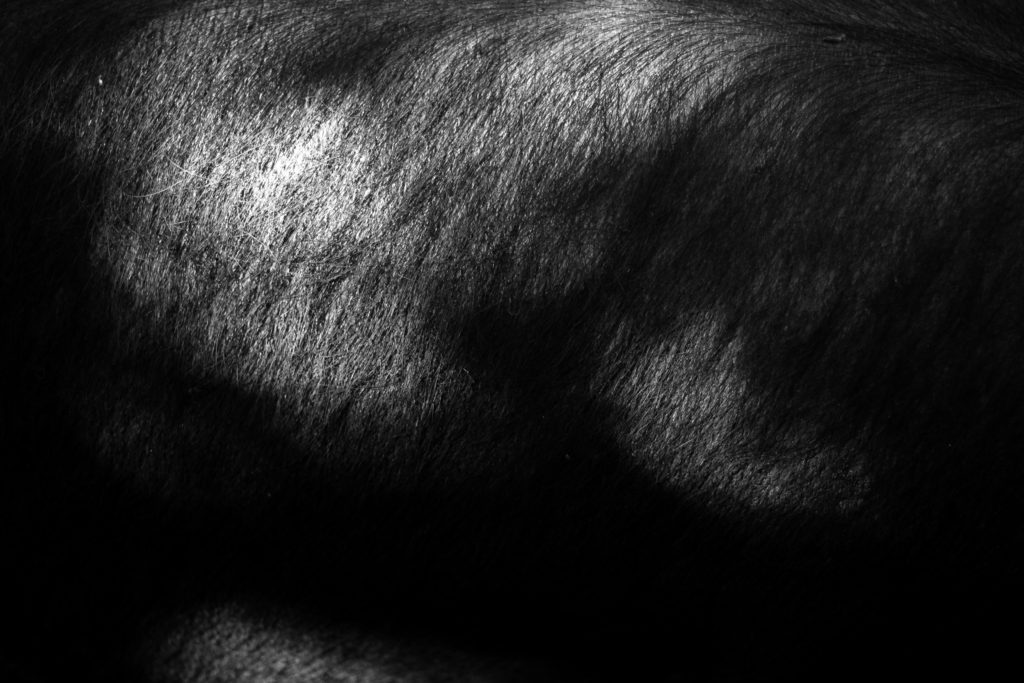
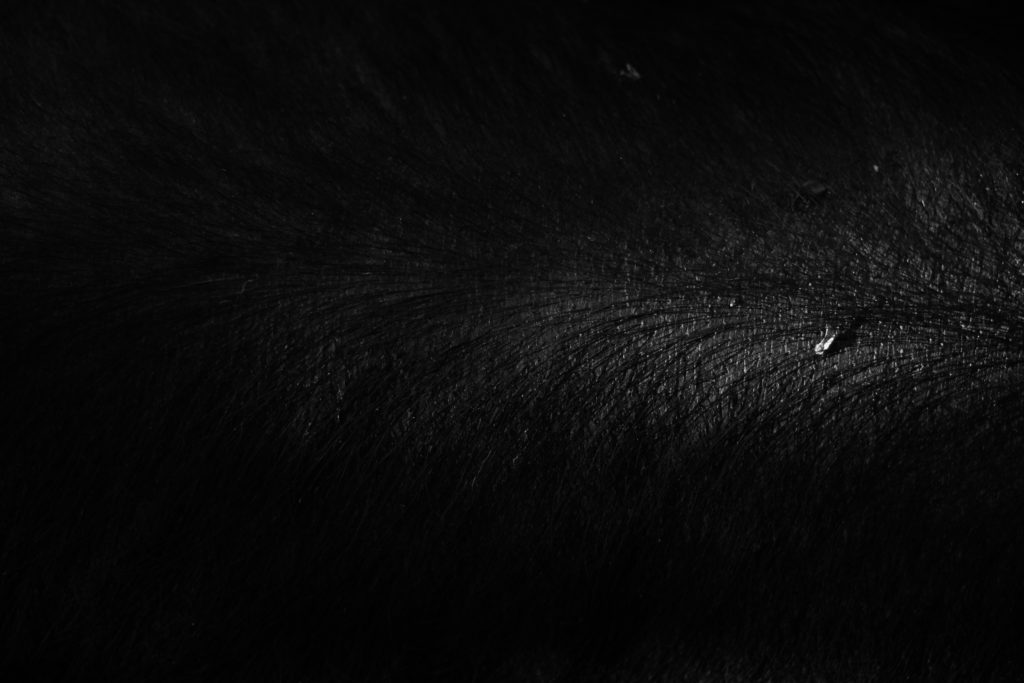
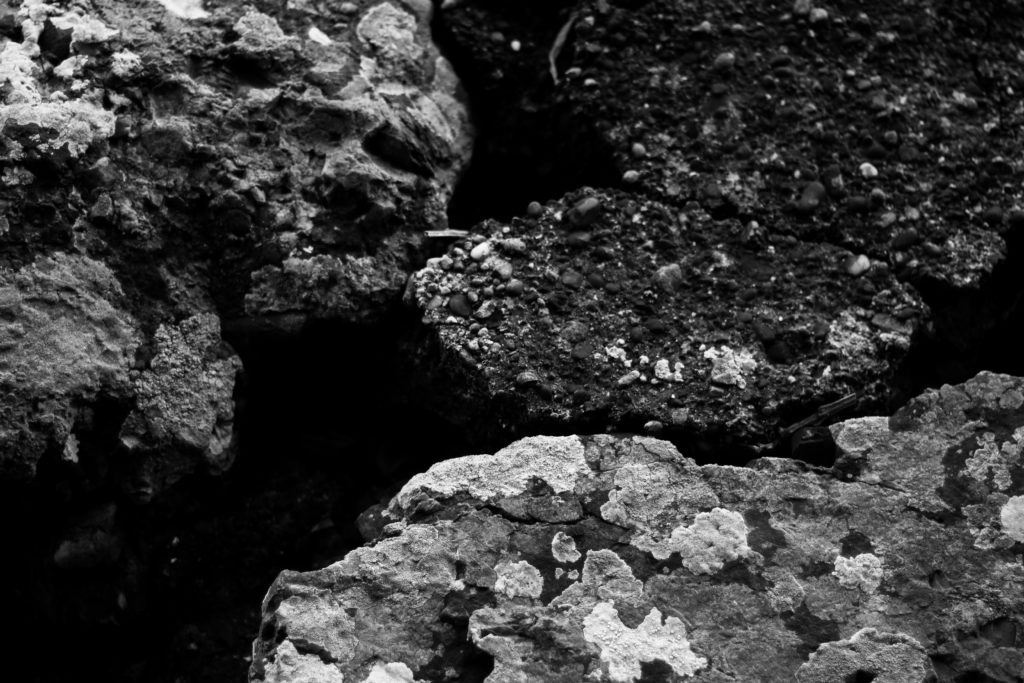
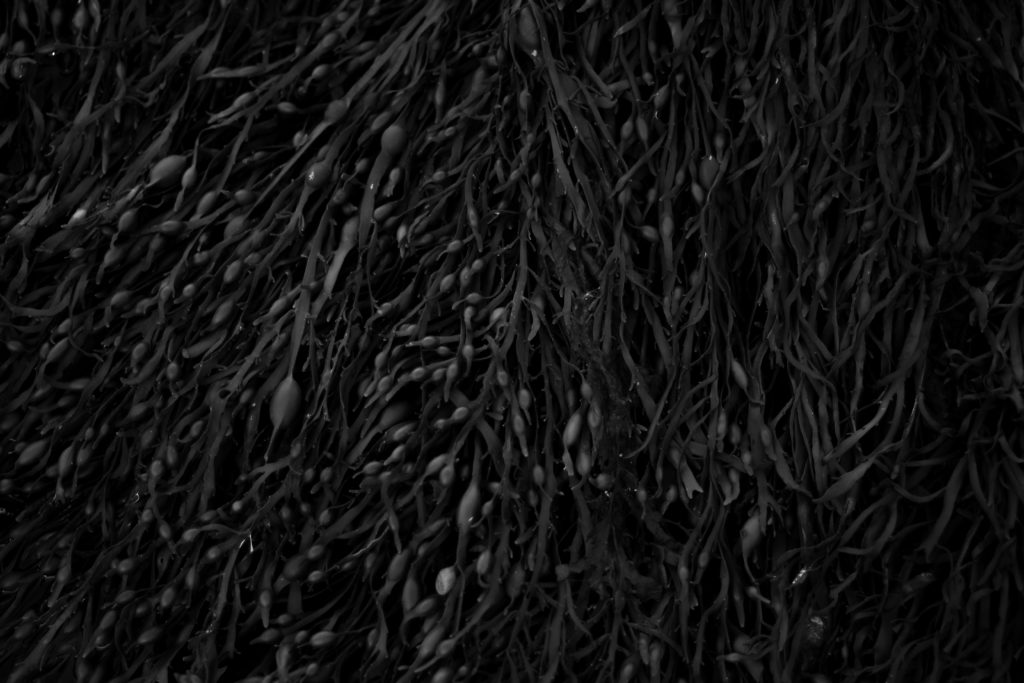
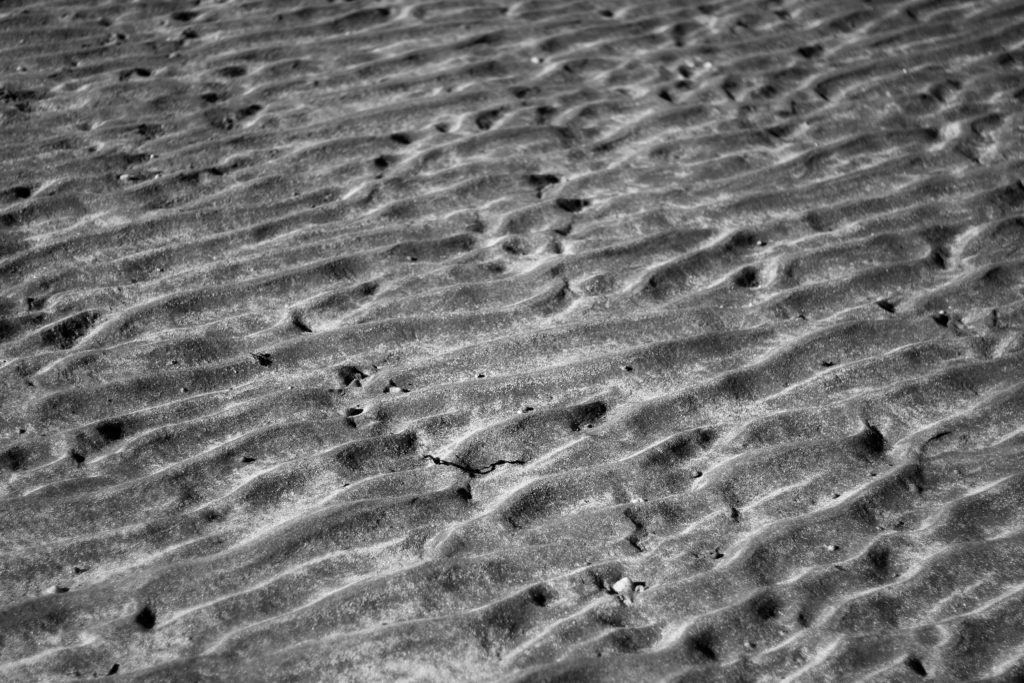
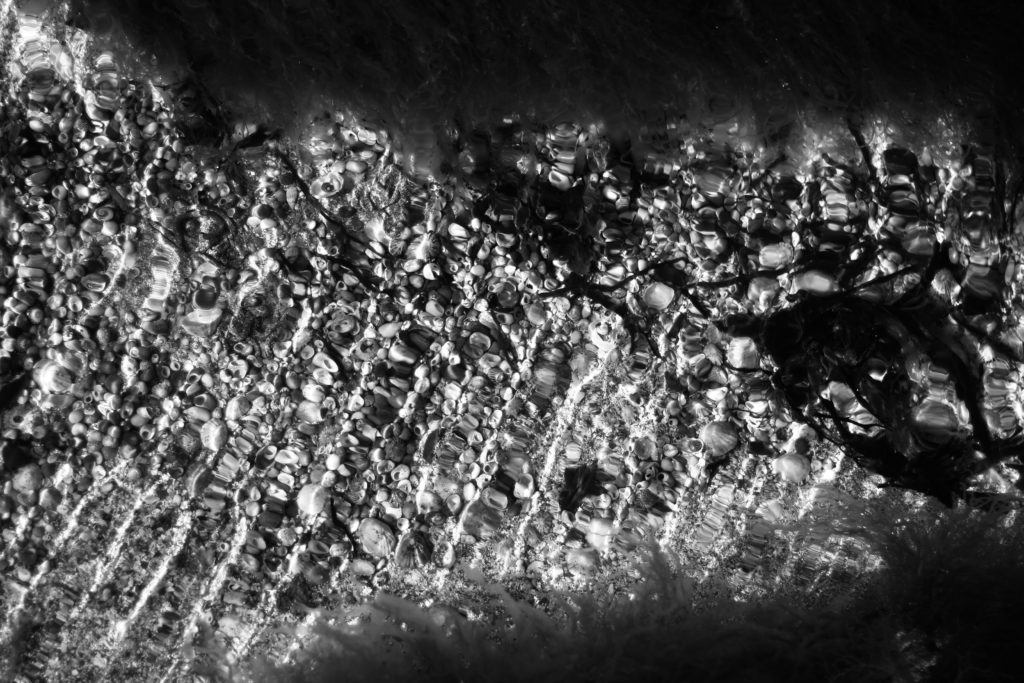
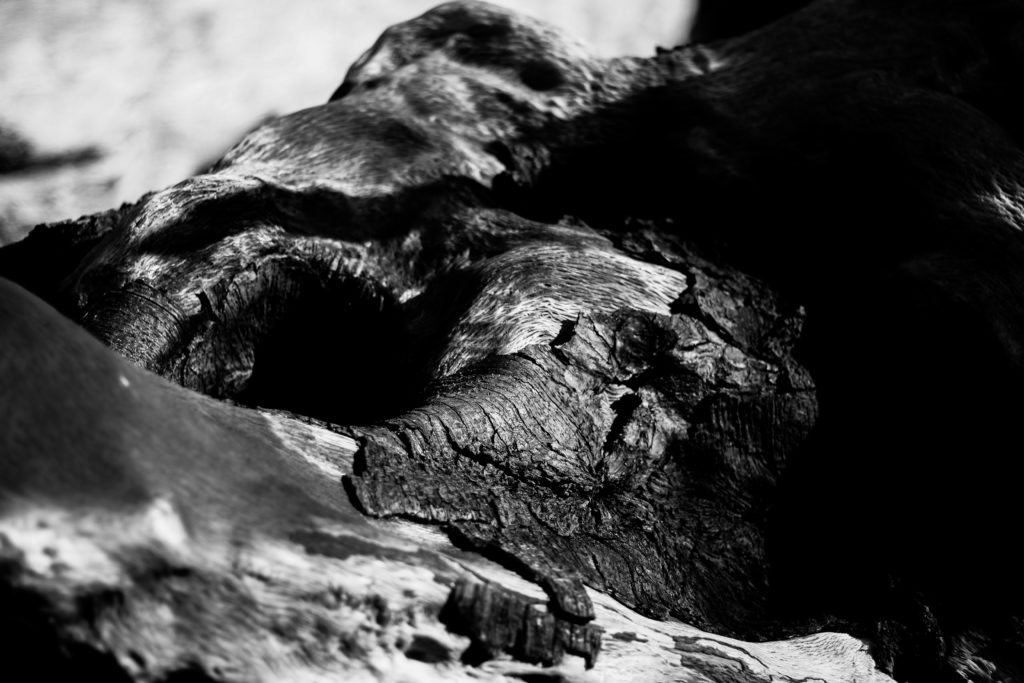
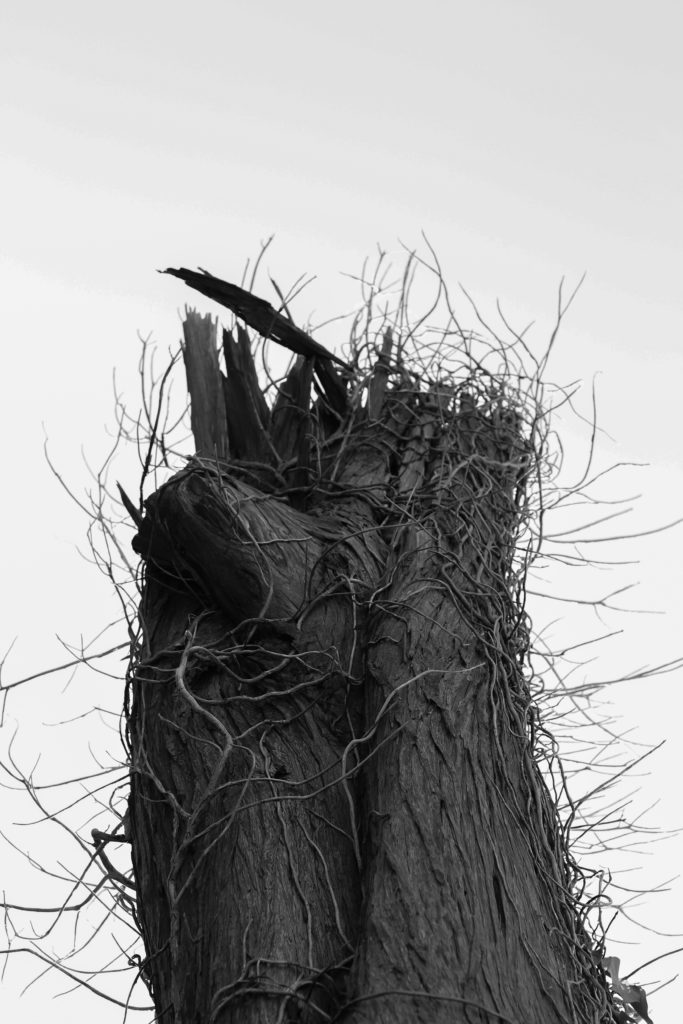

After I had done this I then decided to go onto further and whittle the selection down to only five images this time. By doing this it would allow me to analyze the images in more depth looking at the visual, technical and conceptual aspects of each. These are my choices for the five best images:

What I loved about this image was how the low exposure allowed for the over emphasis of the contrast between each piece of seaweed. For me the inclusion of highlights inbetween the pattern allowed for greater emphasis of the overdefined overlapping pieces as the monochrome filter perfectly captures this. Personally I found that the darker border around the pieces added to the overall affect, this is because of how it boxes the seaweed in and creates a great contrast which increases the aestheticism of the photo. Overall I thought the outcome was very effective as it captured exactly the subject as I wanted whilst providing the viewer with one of natures patterns.

I selected this image because I loves how the dead tree branches out from the bottom of the composition with varying dead ivy producing from its side which provides a stark contrast to the overcast backdrop. By taking the image against a overcast backdrop for me it added extra definition to the subject as it over exaggerates the features whilst isolating the subject from its surrounding environment and limiting the viewers perspective of what it is. Personally I found this this piece came out really well as it provided me with the patterns desired from the outreaching ivy whilst also being close to my goal within my pattern mind-map stated above.

The reason I chose this was mainly due to its link to the previous pattern shoot which highlighted the mane of a horse instead. I selected this because I loves the huge contrast within the photo with the individual hair of the pig being highlighted by the limited amount of natural lighting from the sun. For me this adds a huge amount of character to the image as by limiting and abstracting the rest of the pig from view it makes you really look into the piece to further explore what could be hidden in the darkness. As a result of this I found this piece worked well and would be well suited to work with the other picture in the previous shoot which could be further used in a composition.

What made me choose this image was the pattern created from the sea going out and leaving behind the bumpy pattern that leads outwards for miles. By using a higher exposure I found that I was able to highlight certaom parts of the bumps leaving the rest of it in an exaggerated shadow which as a result creates the impression of a sort of sandy sea with various bumps overlapping or breaking up others. For me I really liked the result as it carries a sort of natural aestheticism where it makes the bumps seems too artificial to be true, therefore creating an almost surreal landscape as if from a birds eye perspective.

Finally I chose this image because I really liked the contrast between the dark and lighter aspects of the woods surface. When looking over the image I found that the clear contrast between the darker right side of the wood and the lighter left side added a much needed definition through how it induces a sense of mystery by removing most of what would be seen of the log. I also liked how the hole in the log adds a sense of depth through it removing the continuous grain present on the surface of the wood, instead breaking it up and becoming the main focal point of the image. As a result of this I was really pleased with this outcome as it reflected my intentions for the shoot whilst linking itself back to the topic of abstract patterns.
Once I had analysed each image I then decided it was time to move onto selected the best image that represented my overall aims and intentions of the shoot. This was my choice:

For me the image of the overly contrasted seaweed represented my aims for the shoot the most, this was because of how the overlapping pattern created when the tide goes out became really aesthetically pleasing for me due to the gaps of darkness inbetween highlighting the various shapes of the seaweed as it progressed along the composition of the photograph. Looking over the image for me it is clear that the small air sacks of seaweed add a very much needed aspect to the entire photograph, this is mainly due to how they tend to be a lighter shade from that particular area inflating and stretching the surface area as a result, whilst presenting them as more light and eye-catching to the rest of the piled seaweed.


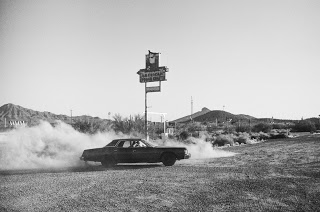

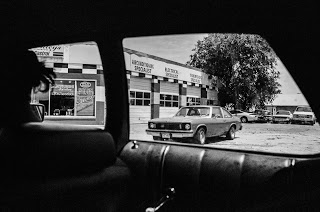

Gosselin’s photography reveals friends in the act of escaping from their regular lives into newly enticing and perilous modes of existence, ever in search of the persistent though elusive idea of freedom.
Gosselin was born near Le Havre in Normandy in 1990. Enthusiastic about drawing, music, and cinema, he chose a path through the art school, and graduated in 2012 as a graphic designer in Amiens. He started photography around 2007, and it Became a passion of his. He loves to capture the simple life, love, good and bad moments, his friends and his adventures. The subjects in Théo Gosselin’s images are friends rather than models, and the situations are not mythic constructions but glimpses of an underground lifestyle in a post-9/11 world in which social media has blurred the boundaries between public and private, and between being documented and simply being.
I chose to focus on Theo Gosselin as I saw that his work had significant relations towards my idea due to the fact that Theo’s work is taken in a documentary style way however, the images also focus on the lifestyle of the subjects throughout. The concept behind his images I believe linked towards my idea strongly too as a lot of Theo’s images are of drugs, alcohol and various other things that could easily be seen within a skateboard lifestyle. Furthermore, Theo’s image have a very raw feeling to them which gives me thorough inspiration towards the photos I want to capture as I believe having raw, gritty images have a stronger effect on the audience.
Who is he?
Edward Henry Weston was born March 24th, 1886, dying January 1st 1958. Weston grew up in Chicago and moved to California when he was 21, from a young age he knew he wanted to be a photographer and initially his work became viewed as a typically soft focus on pictorialism which was a popular theme at the time. Within a few years of photography he abandoned his original style and went on to use one of the now regarded as most highly detailed photographic images. However in 1947 he was diagnosed with Parkinson’s disease and he stopped photographing soon after which led to his remaining ten years of his life overseeing the printing of more than 1,000 of his most famous images.
Currently Weston is known as one of the most innovative and influential American photographers, being regarded as a master photographer of the 20th century. Over his career he range of subjects to photograph had widened, photographing things like landscapes, nudes, still life, portraits and genre scene even including parodies. Weston today can be seen as creating what is quintessentially seen as American, especially Californian approach to photography, this is due to his focus on the people and places of the American West where in 1937 Weston became the first photographer to receive a Guggenheim Fellowship. Because of this he went on to produce up to 1,400 negatives using an 8 x 10 view camera which many of his famous photographs being taken of trees and rocks around the area of Point Lobos, California where he lived for many years. Some examples of his photograph can be seen below:
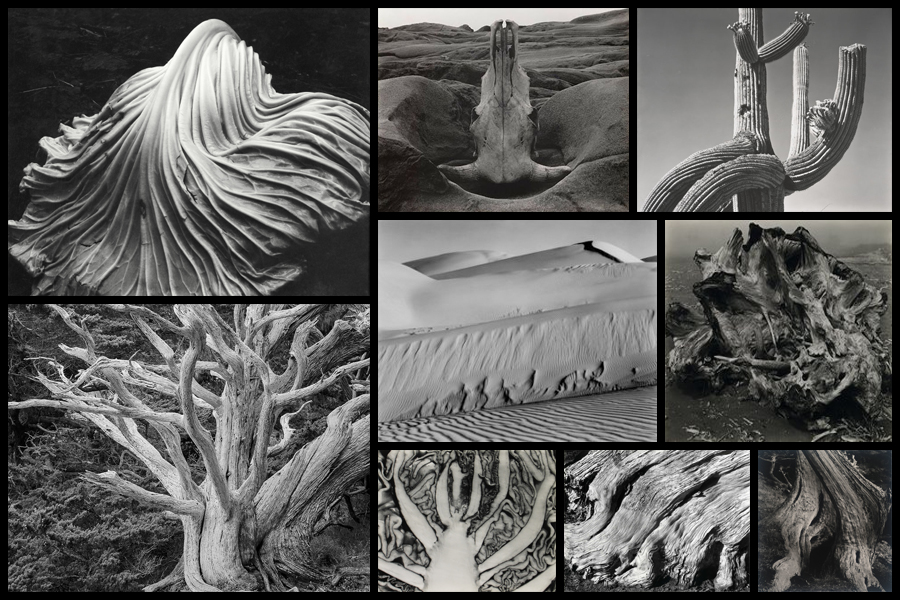
After looking over some of his images I decided to analyse one of them that I thought related best to my overall topic of variation regarding abstraction through different presentations. The image is called Point Lobos named after where it was taken where he photographed different rock formations using different compositions each time. By analyzing the image I can look into three sections, technical, visual and contextual, these will give me a greater understanding of how the image is taken and the underlying thought process beneath it.
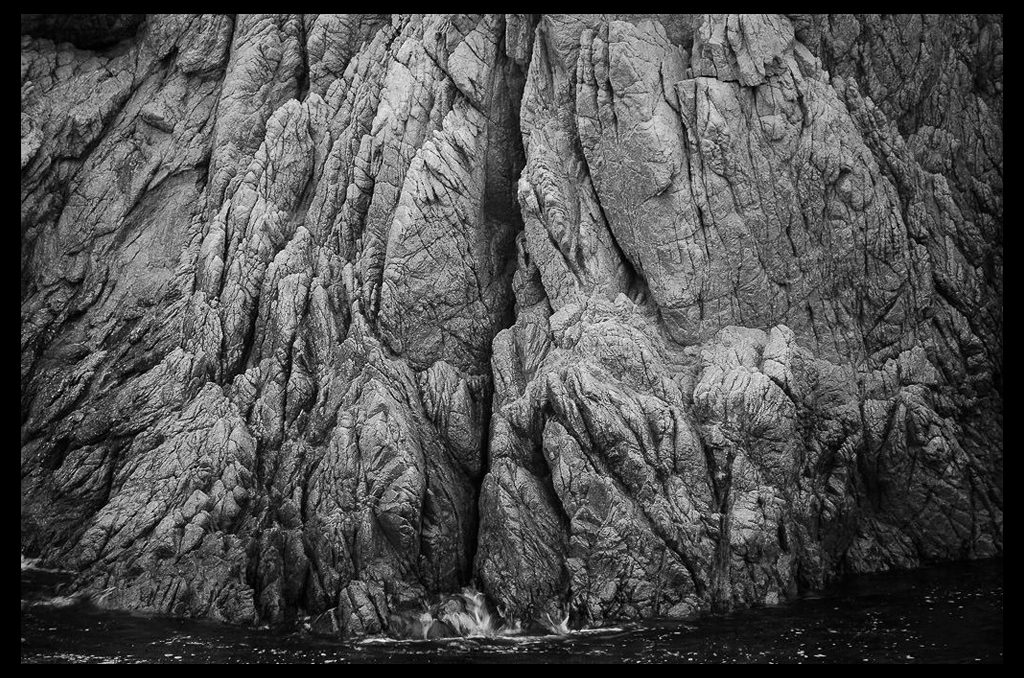
Visual:
Visually the piece is extremely aesthetic due to its symmetry and use of different tones. What drew me to it originally was how the rocks mostly grey surface was complimented by the boarder of black waters and edges, for me this brought the photo together as it boxed in what Weston wanted to focus on, the texture of the surface. By using the divide between the two sides of the rock and composing it in the center of the image I found that it stopped the formation from becoming too overpowering and prevented it from becoming too bland and generic. For me this area of rock is effective because of how the darkened cracks all face the same direction whilst using the dark water as a gradient to eventually fade in and create an eerie result.
Technical:
When looking at the image its fair to say that a relatively lower exposure was used to create the darkened effect of the water and corners of the piece, allowing as a results for the areas where the sun hits to pop out against the rest of the composition. A regular shutter speed has been used as when looking at the water there is some slight movement blur which indicates that the photo was taken intentionally to capture its crashing against the rocks surface and as a result produce a greater transition between rock and water. It is clear when viewing the image that the composition has been greatly taken into consideration due to the placement of the dividing crack and the portion of the image taken up by the water.
Contextual:
During the late 1940s when this image was taken, Weston’s photography was becoming increasingly personal. He began to capture private picnics, trips in his car, and his family and friends—all of which were subjects he avoided in his earlier years. The beauty in this image derives from Weston’s overpowering sense of place at Point Lobos, the sharp lens focus, the flawlessness of a natural form, and the thorough attention to detail in his printing. This image, among many, illustrates how Weston often renounced the use of manipulation in his photographs in order to depict the realities of the world. This style of photography is referred to as “Pure and Straight Photography,” a term coined in the late 1800s when photographers began to create photographic prints that were not manipulated in any way. Weston will always be recognized for the simple, yet emotionally charged, clarity of his pictures. In viewing this photograph we find that Weston’s main goal was not to manipulate but rather merely to capture the beauty of Point Lobos.